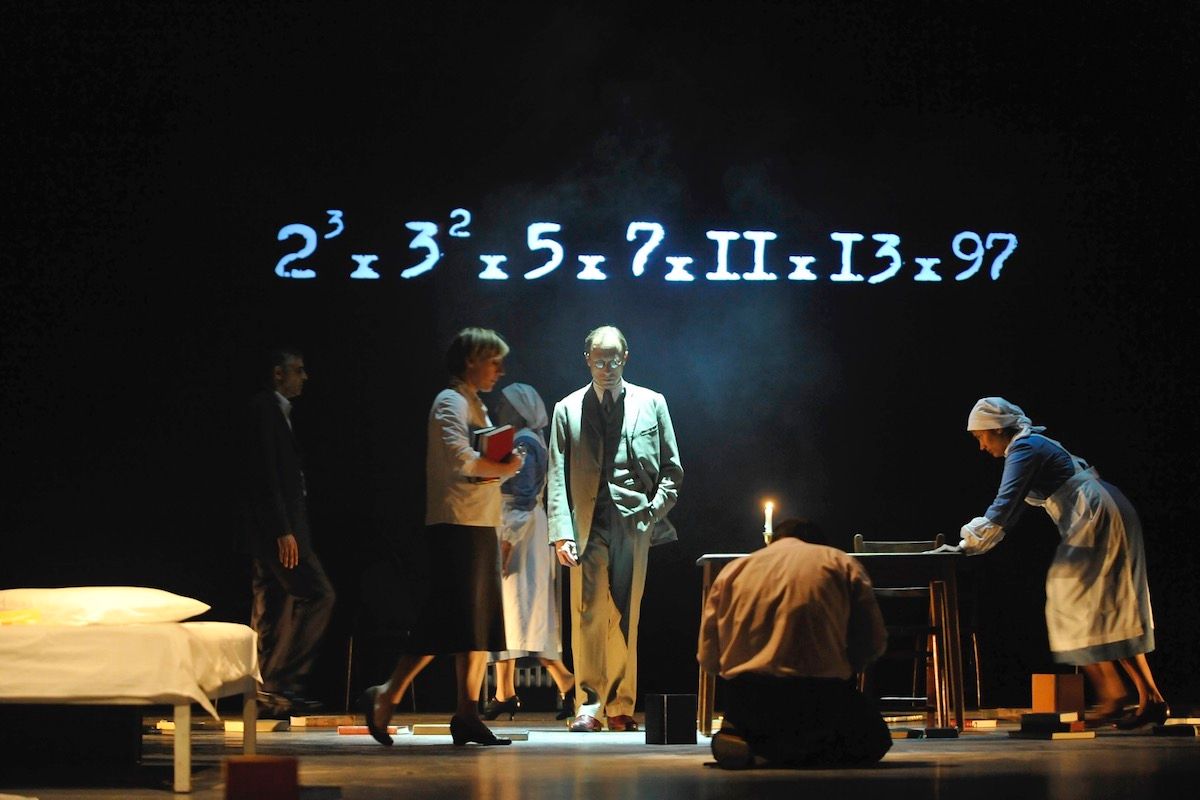
While browsing my daily dose of ftalphaville I noticed an entry with the compelling title New math theories and the nature of numbers and a link to a press release by Emory University. Of course, I couldn't resist clicking the link and dreaming away.
According to the press release, this Friday, the mathematician Ken Ono and his co-authors will publish two papers (1,2) that will answer a centuries old problem in mathematics, that of partitioning numbers. The papers are too technical for me, but I do understand the excitement.
In number theory, the partition function p(n) represents the number of possible partitions of a natural number n. For example for n=3 there are 3 partitions: 3, 2+1 and 1+1+1. (The order doesn't matter). Therefore p(3)=3. For n=4 we have 4, 3+1, 2+2, 2+1+1 and 1+1+1+1 and so p(4)=5. It is easy to determine that p(5)=7 and p(8)=22. This is your homework as my math professors would say. As you can see (or imagine) partition numbers increase rapidly.
While the concept is easy enough to grasp, obtaining partition numbers is a different story. You can still check by hand that p(10)=42, but to determine p(100), - which equals 190,569,292 -, you need a formula.
Back in the 18th century the famous mathematician Leonhard Euler (1707-1783) devised a formula which worked for small numbers. Some 150 years later, at the beginning of the 20th century, the Indian mathematician Srinivasa Ramanujan (3), - he of Simon McBurney's A Disappearing Number - , working together with the British mathematician G.H. Hardy, derived an approximate formula for p(n). Some years later, in 1937, the German mathematician Hans Rademacher found an exact, but rather unwieldy, formula for p(n).
Ken Ono and his colleagues Jan Bruinier, Amanda Folsom and Zach Kent, have now discovered that partitions follow a fractal pattern, meaning that, in the words of Ono "the sequences are all eventually periodic, and they repeat themselves over and over at precise intervals". This allowed them to develop a finite algebraic formula for deriving the partitions of any number, the holy grail mathematicians had been searching for centuries.
To repeat, I'm not in a position to assess the papers. My understanding of number theory stems primarily from having read Hardy and Wright's An Introduction to the Theory of Numbers and John Conway's and Richard Guy's The Book of Numbers, and that was a long time ago. But, as I said, I can understand the excitement when age-old mathematical problems are solved. It is a tribute to human imagination.
References
(1) Amanda Folsom, Zachary Kent and Ken Ono (2011). l-adic properties of the partition function. American Institute of Mathematics.
(2) Jan Bruinier and Ken Ono (2011). An Algebraic Formula For the Partition Function. American Institute of Mathematics.
(3) Ken Ono has an interesting paper on Ramanujan: Ken Ono (2010). The Last Words of a Genius. Notices of the AMS 57 (11), 1410-19.
Lecture by Ken Ono explaining his recent work.